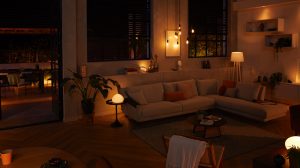June 14, 2024
Much has been said about meditation: it may reduce stress, make us more self-aware, and improve our concentration. But finding time and a place for regular practice can be challenging, especially in busy households.
To bring meditation into your daily life, create a dedicated meditation room — using light as your guide.



